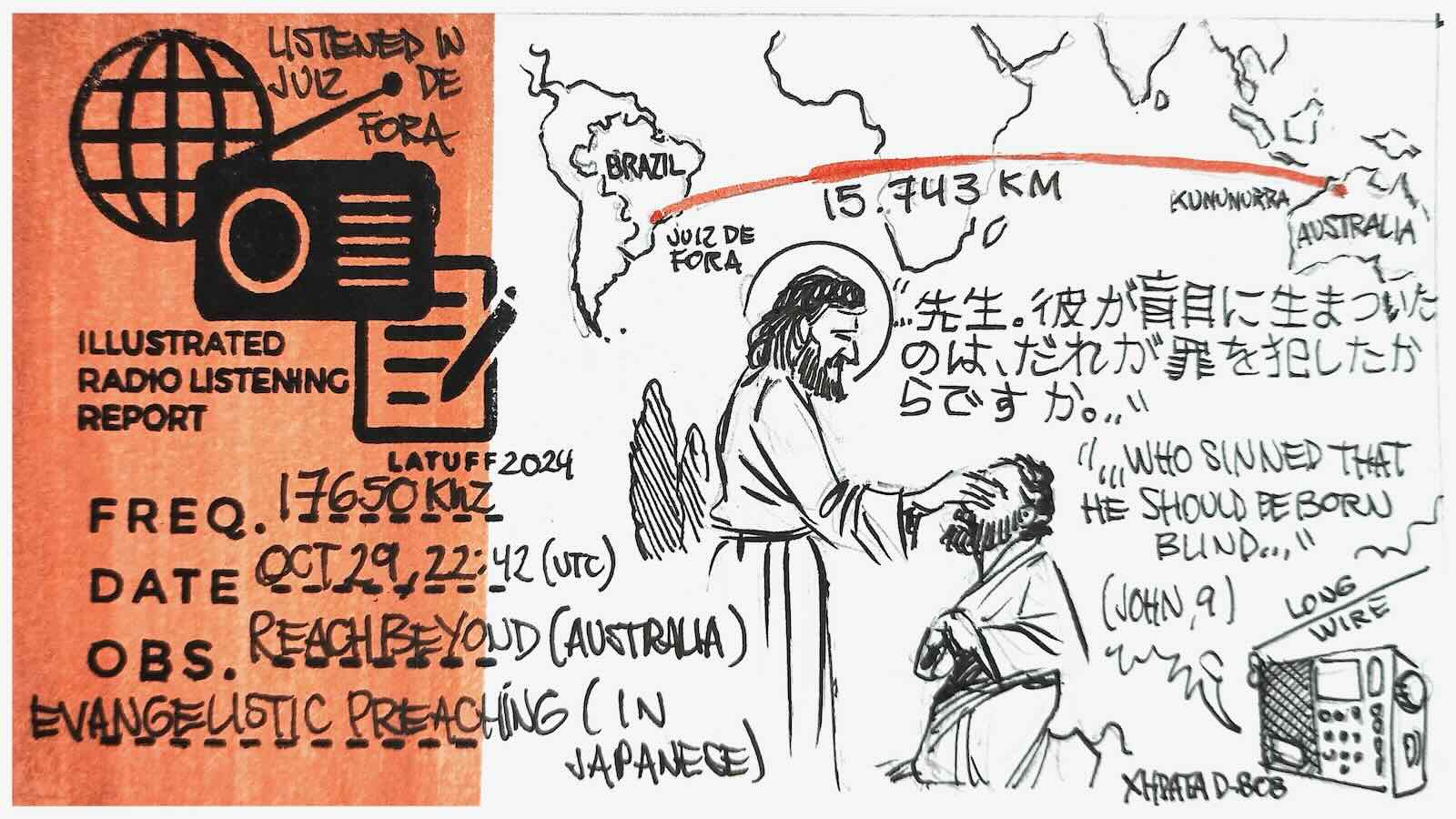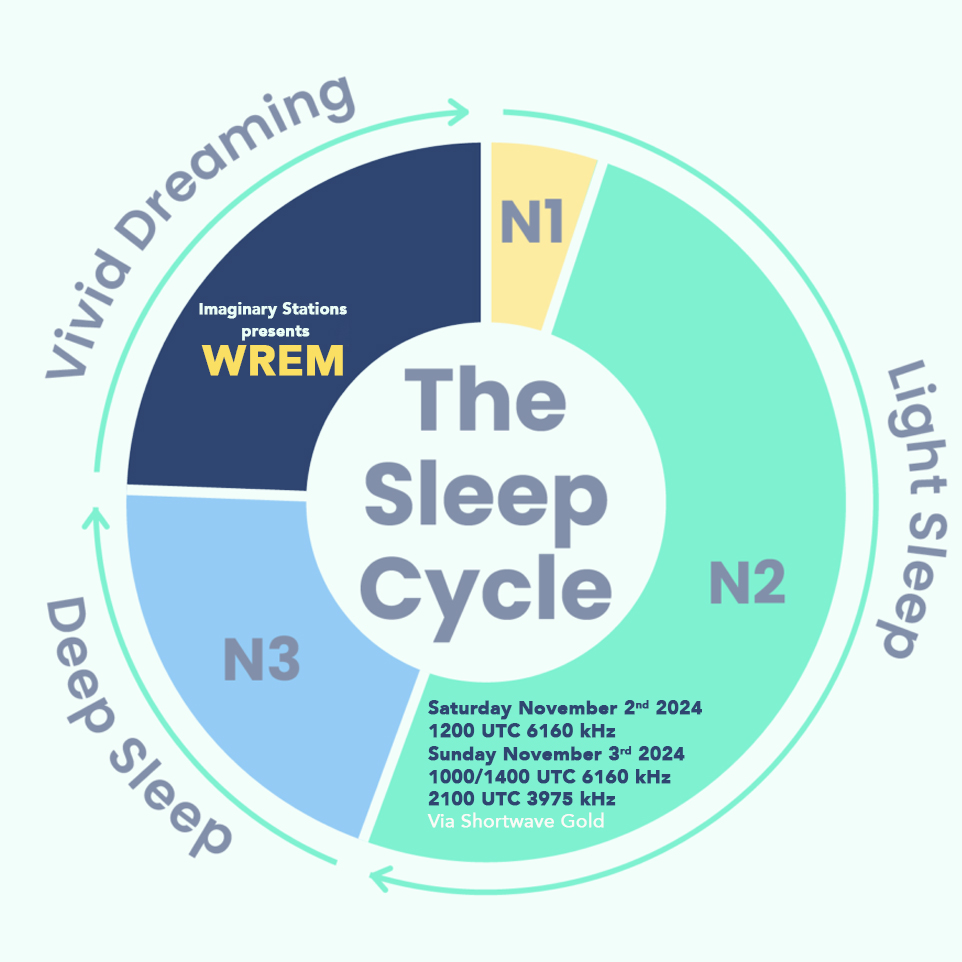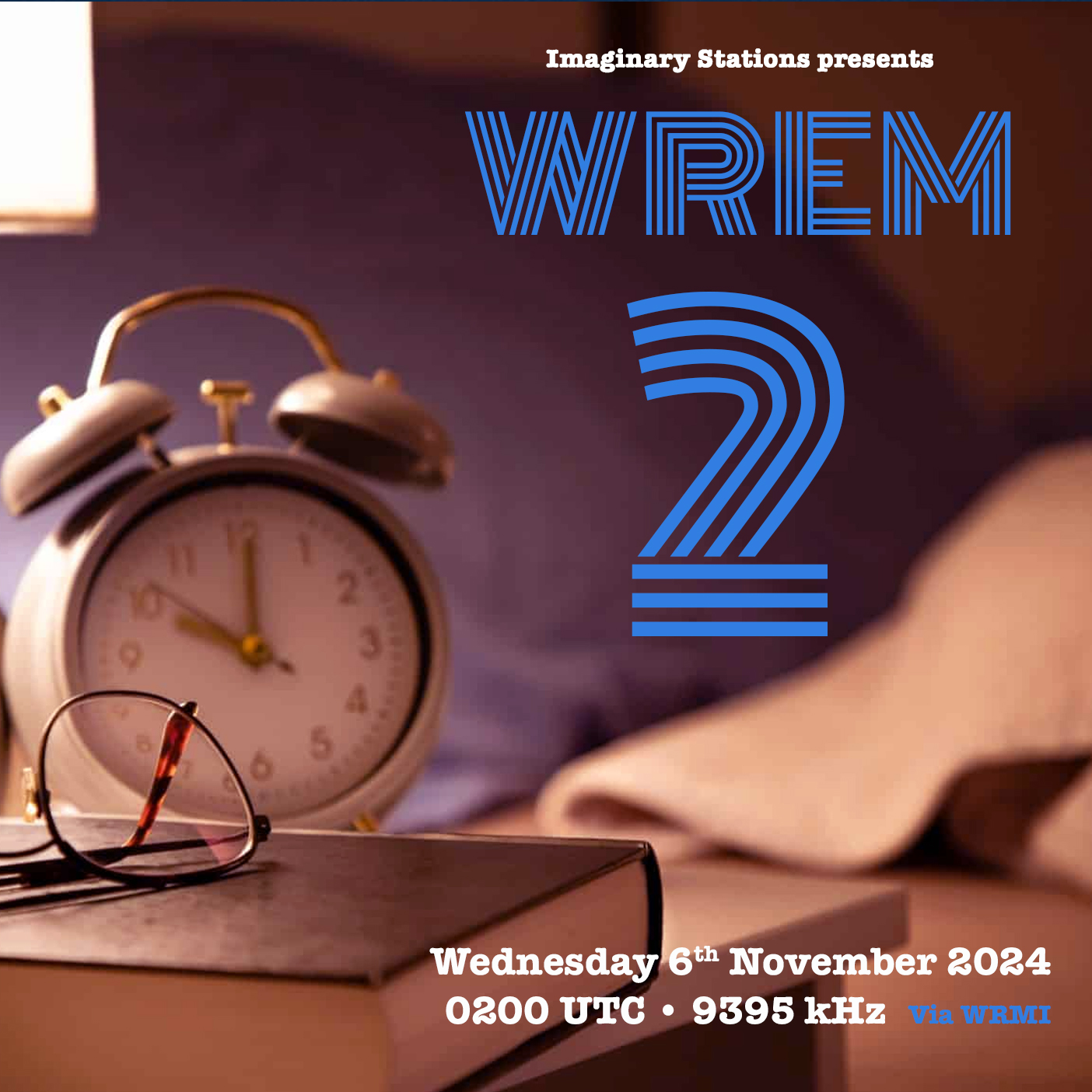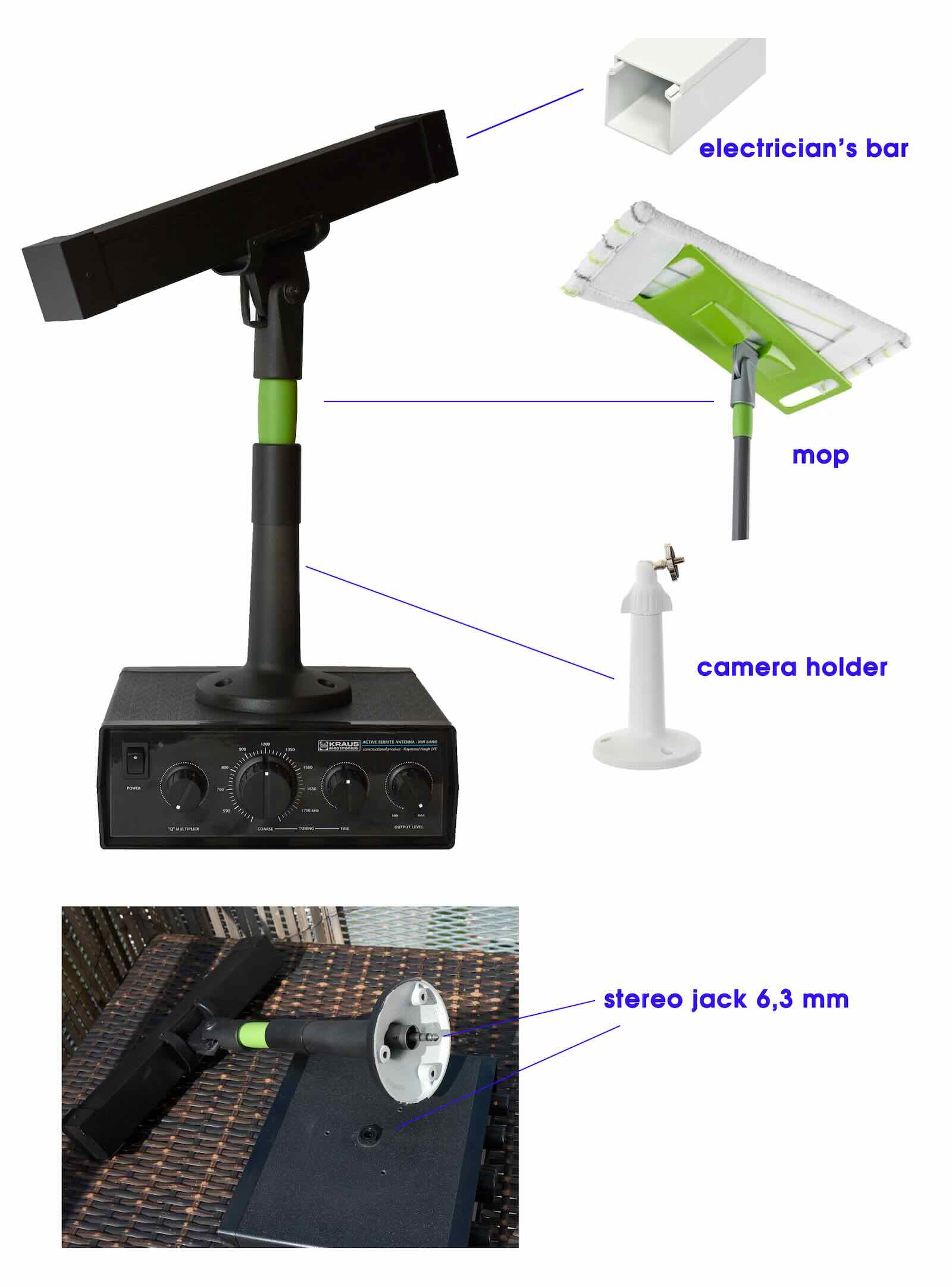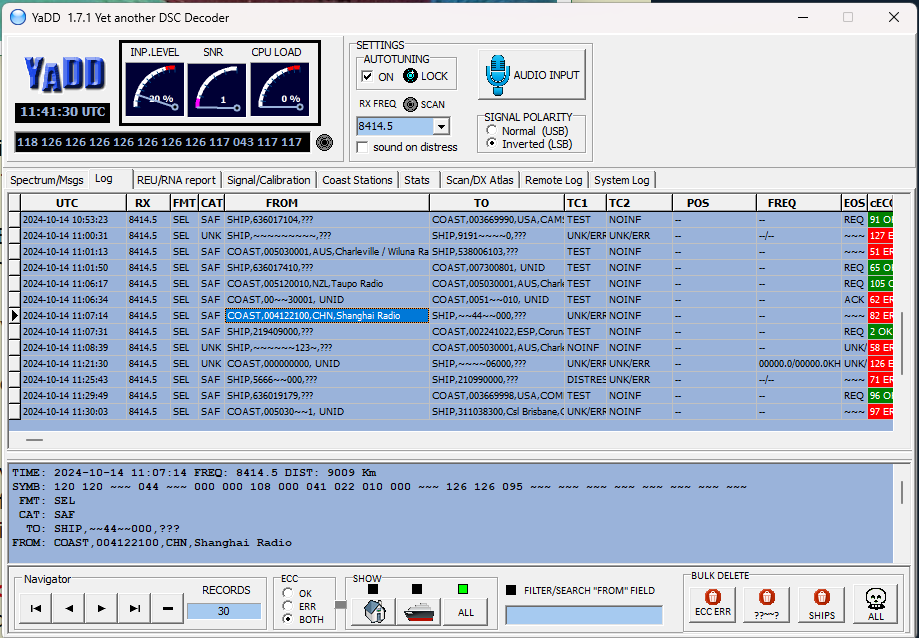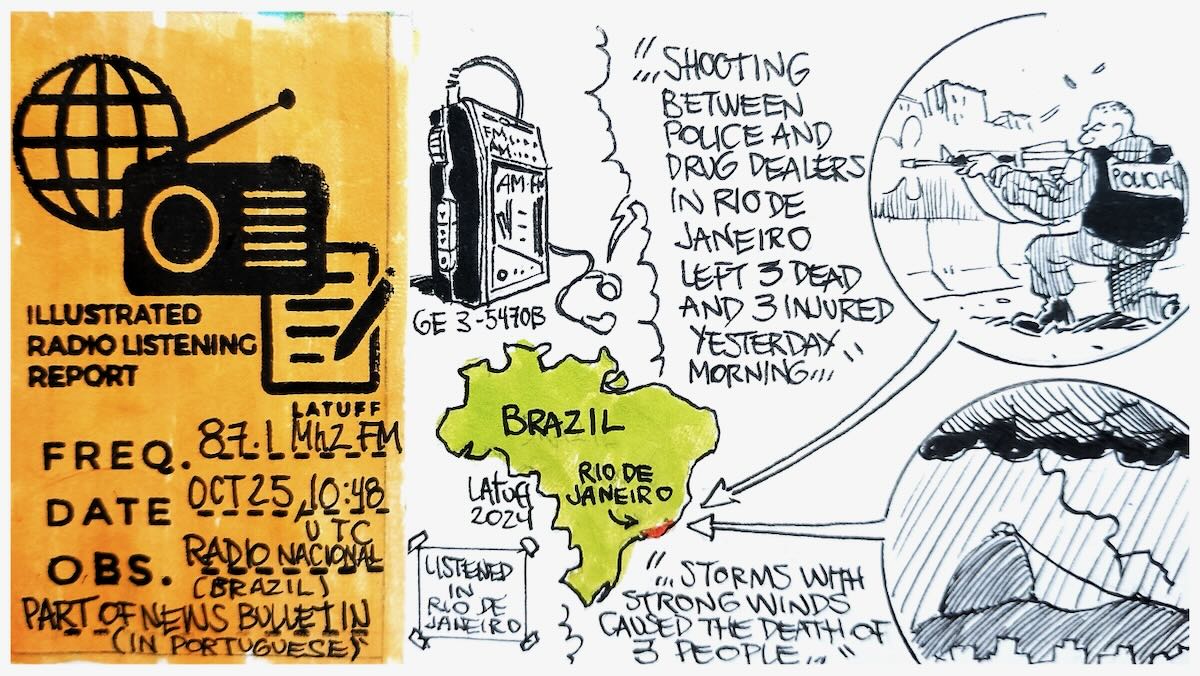Note: I originally published this post on QRPer.com, but I thought I’d cross-post it here since so many of you have been checking in on me post-Hurricane Helene. As an update, we’re all doing fine here at SWLing Post HQ, and things are starting to normalize. It will be many months, or even years, before our town fully recovers from this devastating event. Again, thank you all for your kind thoughts and support!
Best,
Thomas

As many of you know, I’m proud to be a regular on the Ham Radio Workbench podcast.
Last week, we published an episode focused on emergency communications, specifically my first-hand experiences in the aftermath of Hurricane Helene.
When we recorded, our road was still without power, and we had no mobile data service. I was able to join the recording thanks to a high(ish)-speed internet connection via HughesNet and our whole-house solar power backup.
HRWB podcast episodes are long-format, allowing us to dive deeply into topics like this one. If you’re interested in listening, I encourage you to check it out on the HRWB website and even subscribe via iTunes, Android, and other platforms.
Click here to check out the episode on the HRWB website.
The next episode will also cover emergency communications, focusing on the question, “How would you plan for the next emergency?” It’s a roundtable discussion including Josh (K7OSH). It’ll appear here when published (likely, later this week).
I’d also add that joining my friends on the HRWB podcast recording was truly good for the soul. At that point, we were still in the early stages of cleanup after the disaster, and spending time with them in real-time was incredibly therapeutic.

